The donation came as a complete surprise to the Museum of Fine Arts Berne. The German art collector Cornelius Gurlitt, who passed away in May, bequeathed his entire collection to Berne without ever having been in contact with the museum. His collection includes works by Pablo Picasso, Marc Chagall and Max Beckmann. It remains uncertain whether the Bernese museum will accept the inheritance. It has six months to decide. The precious gift raises various issues. Gurlitt’s father Hildebrand was a highly regarded art dealer during the Third Reich. Several hundred of the 1,500 or so works are suspected of being stolen art, in other words paintings stolen by the Nazis from Jewish individuals. In addition to stolen art, the Gurlitt collection also contains works of so-called “degenerate art” which the Nazis removed from state museums and sometimes sold to procure foreign currencies.
The German authorities discovered Cornelius Gurlitt’s collection in 2011 during a house search at the elderly man’s Munich home. German customs officials had become aware of Gurlitt a year earlier during a check carried out on a train travelling between Zurich and Munich. He was carrying 9,000 euros in cash. News of the incredible discovery reached the public in 2013. The “Schwabing Art Trove” taskforce was set up at almost exactly the same time to establish the origins of the works of art. Gurlitt died six months later.
Origins need to be established
Why Gurlitt bequeathed his collection to the Museum of Fine Arts Berne of all places remains unclear. What is certain, however, is that the Museum of Fine Arts now faces a major challenge and many unresolved questions. If it accepts the collection, it will no longer be the “Schwabing Art Trove” taskforce that is responsible for carrying out the provenance research – the investigation into the origins of the works – but the Bernese museum. The origin of each individual piece of work would have to be ascertained. Once the origin has been determined, then the problems will begin in earnest. Who will assert a claim to the items and be entitled to them? Under what circumstances will they have to be returned?
Can the museum accept this inheritance at all in light of this situation? “It can,” says Esther Tisa Francini. She has been working as a provenance researcher at the Rietberg Museum in Zurich since 2008. This museum collects art from Asia, Africa, the Americas and Oceania. It is one of the few Swiss museums to have created a position for conducting research into the history of museum exhibits. To discover an item’s biographical details, Tisa Francini carries out research in archives and libraries, examines the exhibit and maintains close relations with expert colleagues all over the world.
“The major challenge is adopting the correct approach towards such collectibles. All political, ethical, legal and historical issues have to be explored,” remarks Tisa Francini. It is absolutely essential that the works are checked systematically and that fair and equitable solutions are sought for unlawfully obtained property. This is also stipulated in the Washington Agreement of 1998 under which 44 countries – including Switzerland – undertake to identify stolen art and actively carry out provenance research.
In the Berne case, particular transparency and communication are most definitely required, according to Tisa Francini: “However, all in all, this represents an opportunity for Switzerland to indirectly gain an in-depth insight into the history of the international art trade via the origins of the Gurlitt works.”
Provenance research is still very much in its infancy in Switzerland. For a long time neither the museums nor the public were interested in how works arrived at museums and other institutions. An initial milestone in the public reappraisal was the Bergier report entitled “Flight Assets – Looted Assets – the Transfer of Cultural Assets to and through Switzerland from 1933 to 1945 and the Problem of Restitution”, which was published in 2001. Esther Tisa Francini was a co-author of this study. “The Bergier Commission helped to come to terms with the past in various respects, but this was not provenance research in the sense of a systematic assessment of museum collections,” she says. “It was basic theoretical research.”
Who will pay for the research?
There are unresolved issues in the Gurlitt case. If the museum accepts the inheritance, who will bear the cost of the mandatory establishment of the origin of the works? The Museum of Fine Arts Berne does not possess the financial resources required, and the city of Berne, canton of Berne and federal government have already declared that they would not pay for the provenance research. The question is also raised as to whether Switzerland, which was spared by the Second World War and benefitted from dealings with Nazi Germany, should profit from an art collection of dubious origin? Indeed, doesn’t the collection actually belong to Germany?
Switzerland has come to terms to some extent with the past with regard to its role as an art dealing centre and conduit for cultural assets during the Nazi period. However, another chapter in the theft of cultural assets has hardly been addressed – Switzerland’s role during the colonial period. Millions of works were brought to Europe from the colonies, including many to Switzerland. Like the stolen art under the Nazi regime, these items are also associated with stories of theft, violence and oppression at the expense of a state, society or individual. But these stories are little known, as extensive research is often not conducted at Switzerland’s ethnological museums.
Tisa Francini from the Rietberg Museum also points out that her research to date has primarily focused on the route of the works of art in Europe and only occasionally on the countries of origin. Such investigations would nevertheless be required to address the issue of who is entitled to a museum exhibit of contentious origin.
Row over Bolivian statue
The Historical Museum in Berne is also currently contending with this issue. A row has erupted over a small antique statue with religious significance. The Ekeko fell into the possession of Johann Jakob von Tschudi in 1858 after he persuaded the indigenous owners in Bolivia to sell him the statue following the consumption of a considerable amount of alcohol. The Bolivian government is now demanding the restitution of the Ekeko, and the Historical Museum must examine its origins. Was the Ekeko actually stolen? And if so, who should the statue be returned to if the Historical Museum actually decides to give it back? Should it be handed over to the ethnic group that worshipped it or to the state as its legal successor?
Anna Schmid, Director of the Museum of Cultures in Basel, is also familiar with such issues. She would be delighted if the museum could afford provenance research: “We actually know where almost all our exhibits have come from and, in most cases, who contributed them. We indicate this in the exhibitions as far as possible. But what we often do not know is the exact route that the items have taken.”
However, strictly speaking, the Museum of Cultures in Basel has no stolen assets or art. “Switzerland was never a colonial power,” remarks Schmid. “The Swiss explorers whose collections are on display at our museum only visited the countries conquered and collected cultural assets there after colonisation.”
The Sarasins’ “love of the tropics”
The science and colonial historian Bernhard C. Schär, who conducts research at the Federal Institute of Technology Zurich as chair of History of the Modern World, disagrees with Schmid. “Switzerland absolutely does have a colonial past, and explorers were actively involved in it.” The Basel cousins Paul and Fritz Sarasin, for example, who undertook numerous expeditions in the Pacific region around the year 1900 and were founders of the Museum of Cultures in Basel, explored the Indonesian island of Sulawesi before it was conquered by the Dutch. Their explorations were supported by the Dutch. Several years later the Dutch colonial army benefitted from the knowledge that the Sarasins had obtained on their journeys when the army conquered the island militarily.Schär, whose dissertation “Tropenliebe” (Love of the Tropics) about Paul and Fritz Sarasin will be published next year, therefore concludes: “Ethnological and natural history museums have a cultural mandate, and that includes coming to terms with dark chapters of history. A large proportion of their collections comes from the colonial period, and colonial violence is a significant part of their history. As is the case abroad, there is growing academic and social interest in Switzerland in finding out more about this colonial legacy.”
Silvia Süess is the culture editor of the “Wochenzeitung” in Zurich
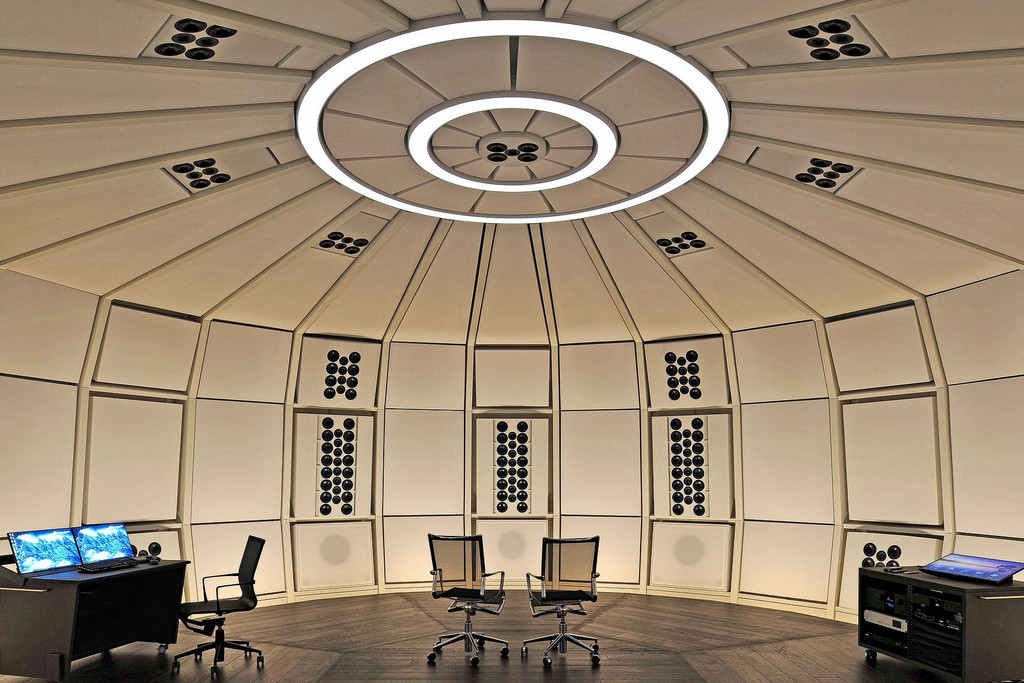

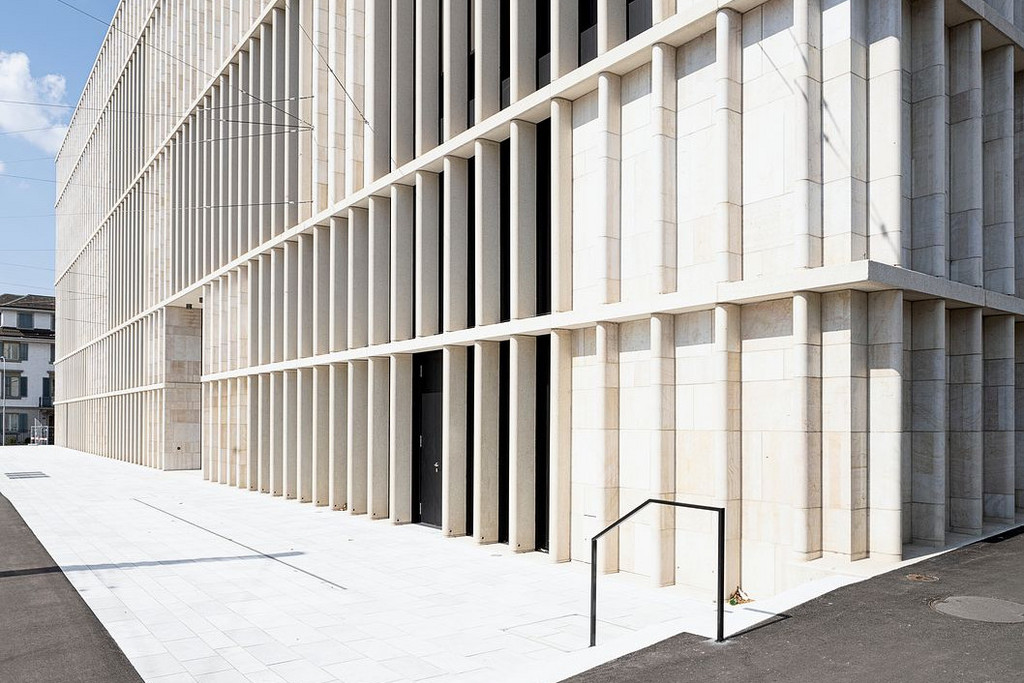

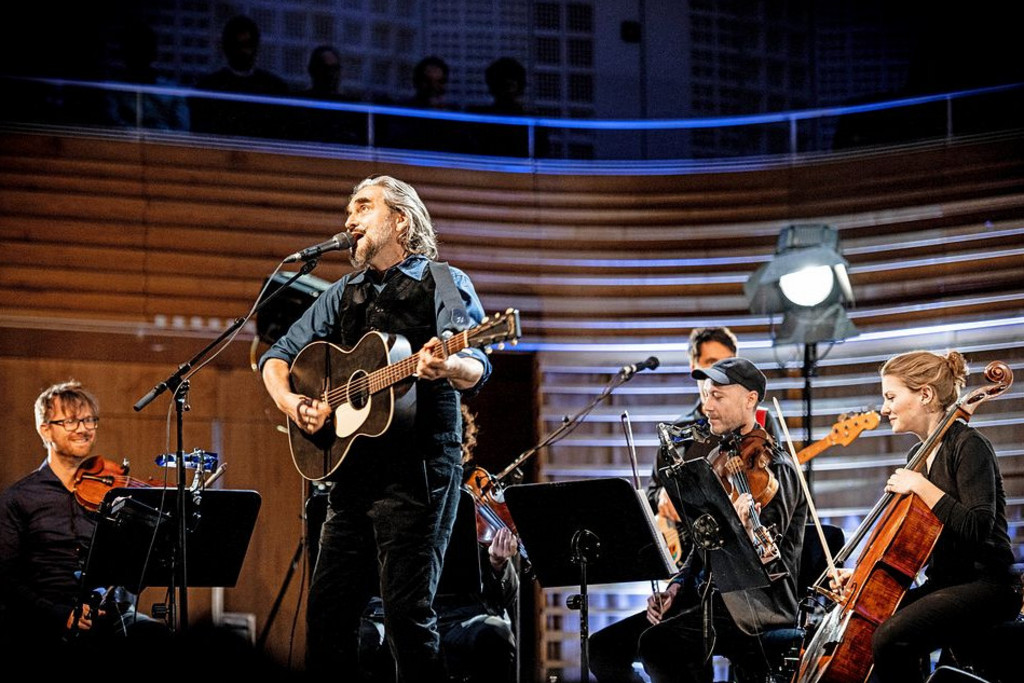
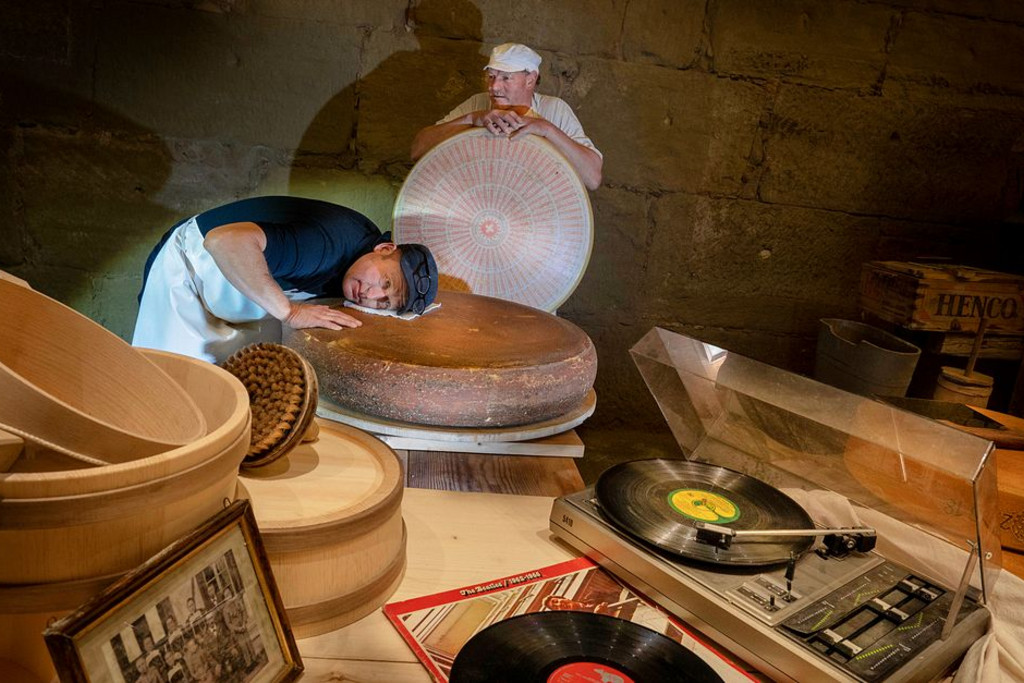
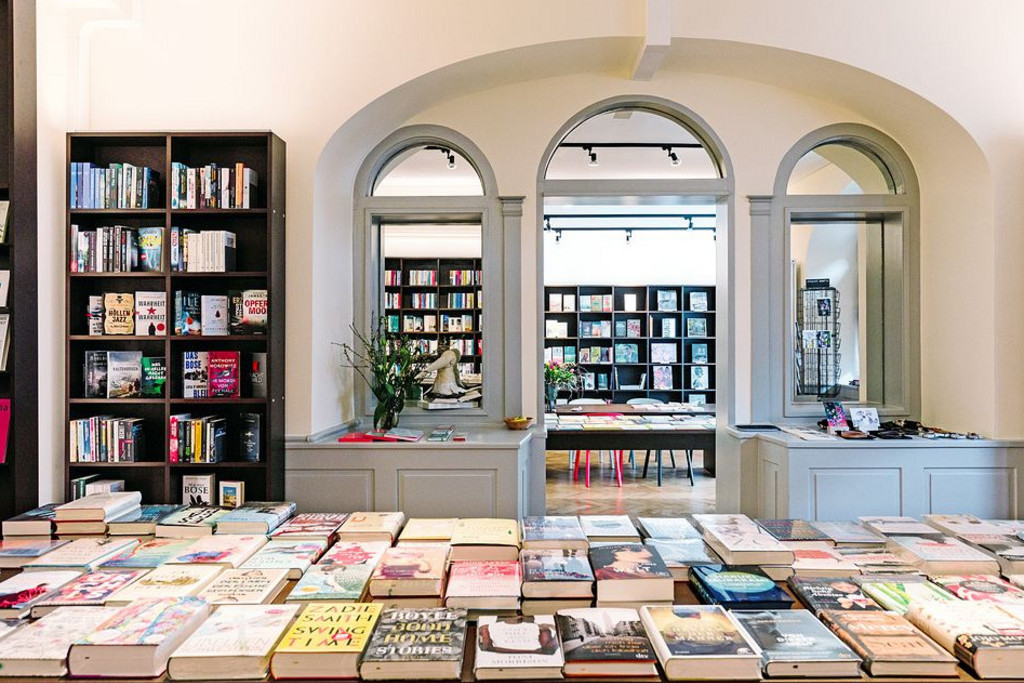




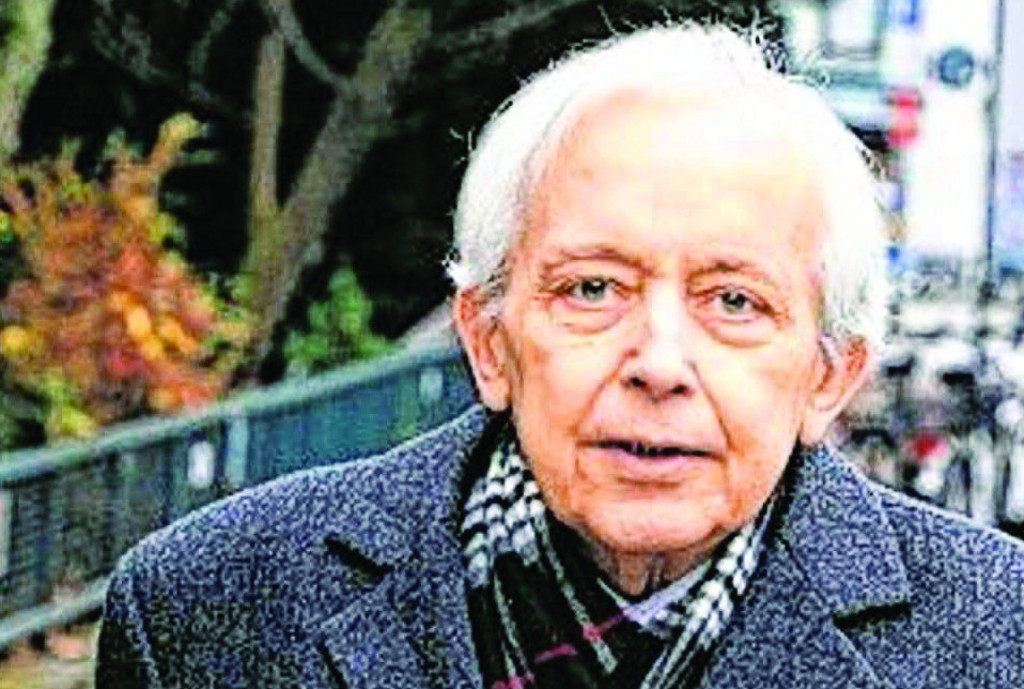
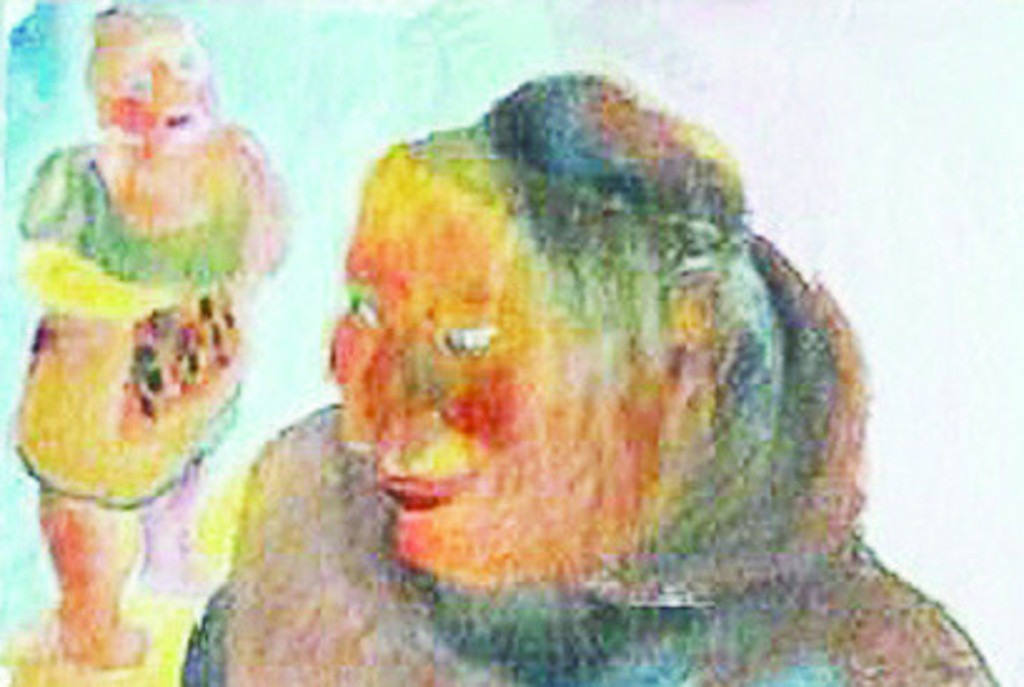
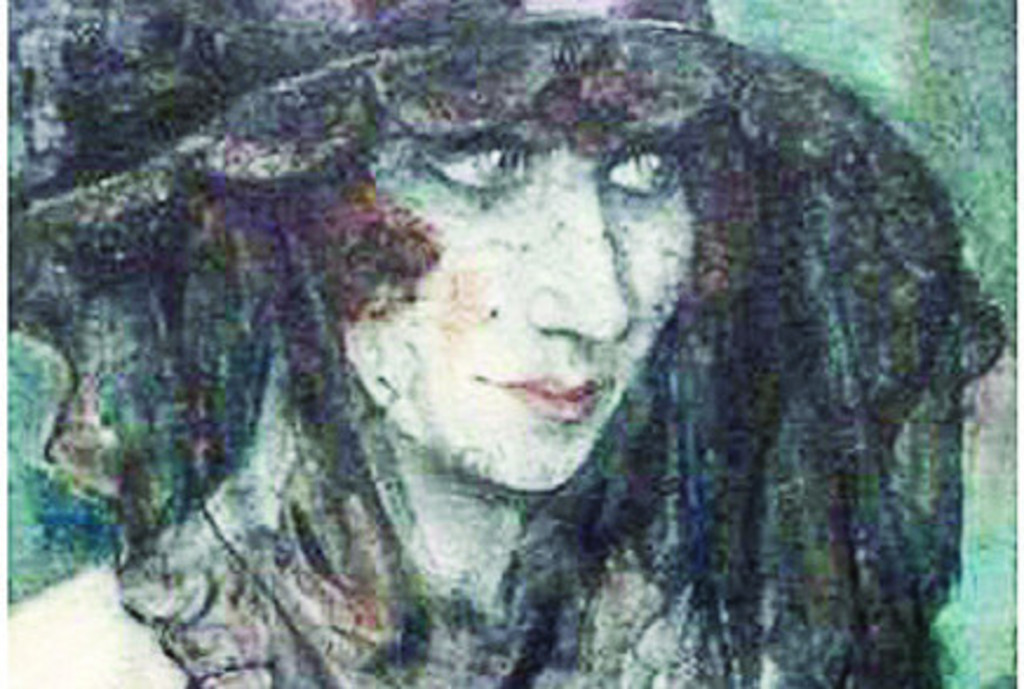
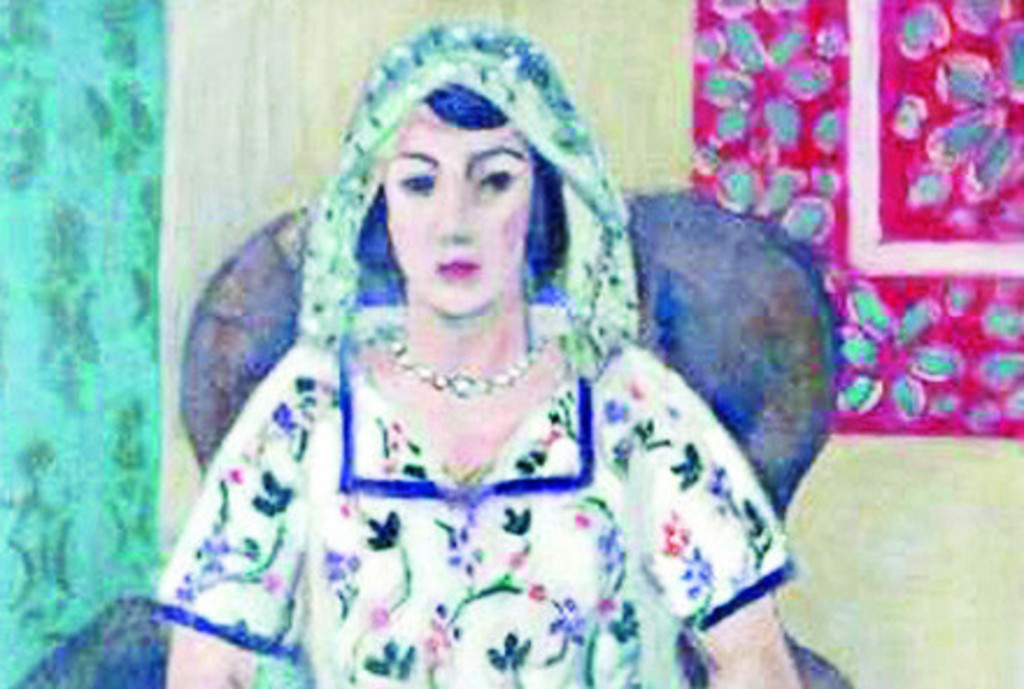
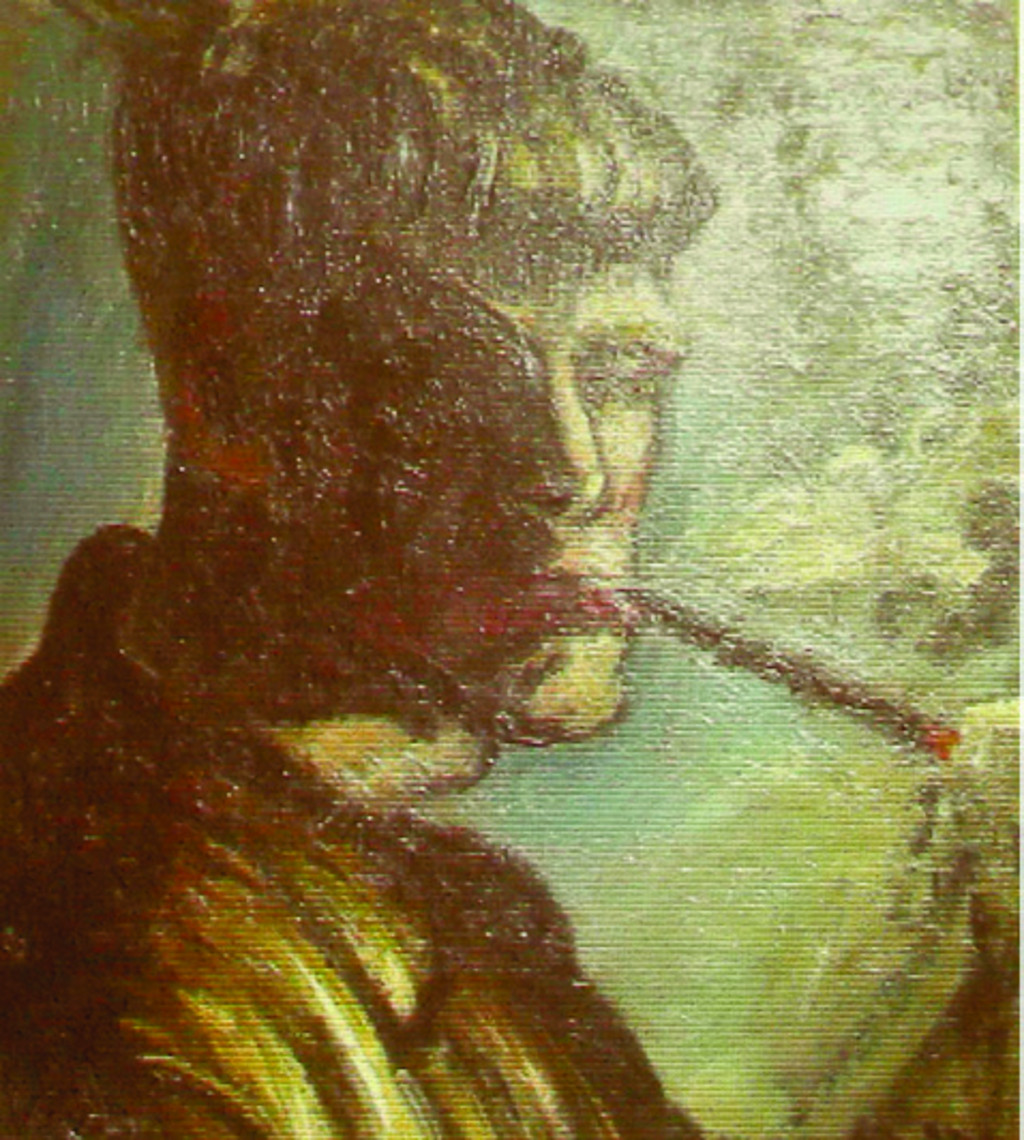
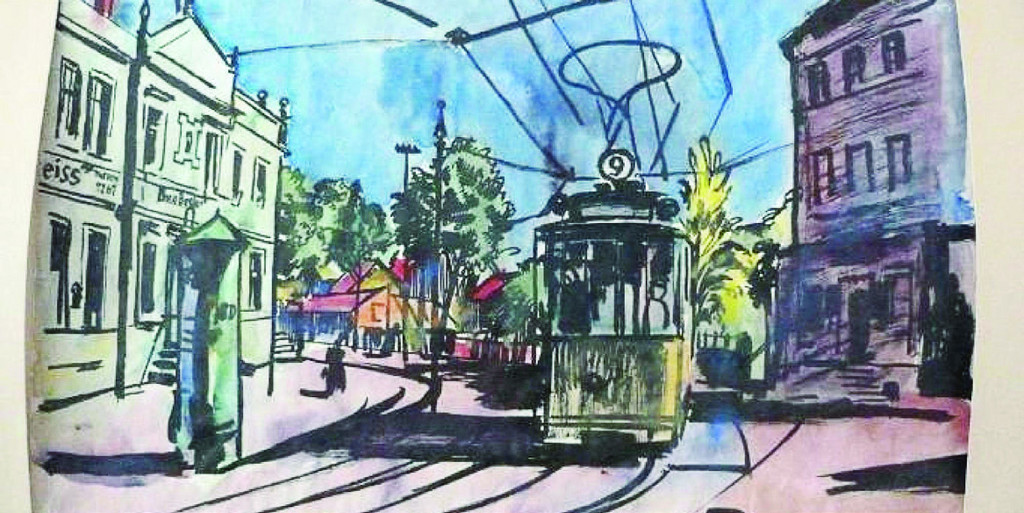
Comments